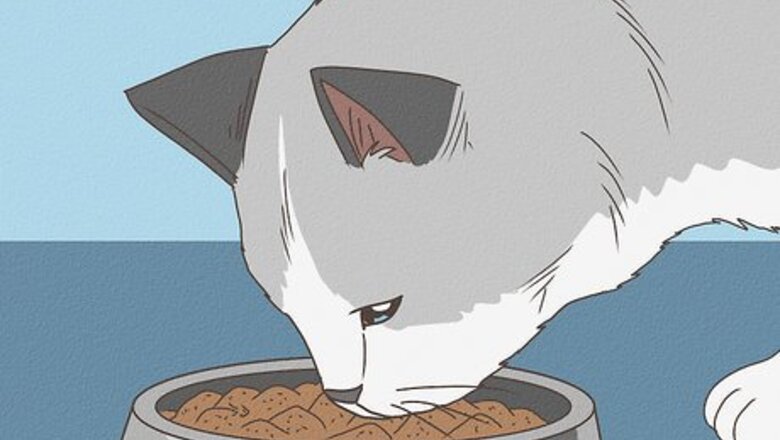
views
Feeding Your Ragdoll
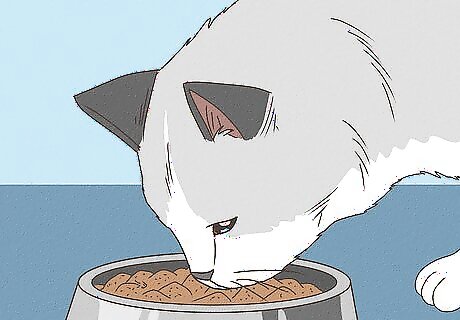
Give your ragdoll extra food during growth spurts. Ragdolls mature at 1 year and may fill out for another year or so. During this time you should make sure you feed your cat a bit more. Leave out dry or canned food and, once your ragdoll has finished its food, give it a little more. As ragdolls grow, food needs to be restricted to prevent obesity. Discuss the precise amounts of food with your vet. Exact amounts depend on how fast your ragdoll is growing as well as its current health.
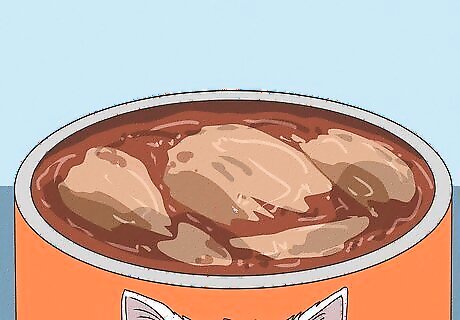
Opt for canned food over dry food. Ragdolls need a high amount of protein to thrive, and it's generally easier to get protein via canned food. Dry food tends to have higher amounts of grain and other fillers. It's best to feed your ragdoll a diet of primarily canned food. Look at the label on your canned food to broadly figure out feeding amounts. Usually, the label will indicate how much food you cat needs a day depending on its weight and age. To better determine how much to feed your cat, rely on using a body condition score chart to help your cat maintain a healthy weight. Talk to your vet for recommendations for canned food and the proper amount to feed your cat.
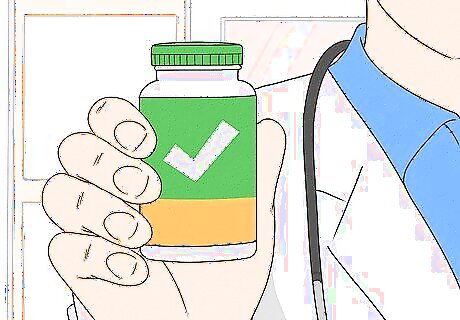
Talk to your vet about supplements. Vitamin and mineral supplements are not necessary for every ragdoll. However, if your cat has any underlying health problems, your vet may suggest using dietary supplements. If your vet suggests supplements, make sure you talk about how much your cat needs and how to feed your cat the supplements.

Avoid food with a lot of grains. Go for grain-free varieties of popular cat food brands whenever possible. A ragdoll needs a lot of protein in its diet, and too much grain can affect its overall health. If food is grain free, it should say this somewhere on the label.
Providing Basic Care
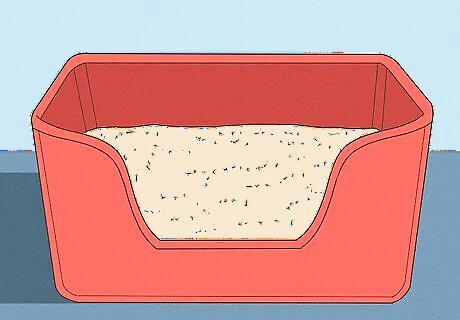
Provide an easily accessible litter box. Ragdolls need a litter box to eliminate in. Make sure your ragdoll knows where to find its litter box. Keep it in a somewhat open space, like a closet that's always cracked open, so your ragdoll can use the litter box if necessary. Ragdolls are a bigger breed, so opt for a larger, deeper litter box. A covered litter box may not work for such a large breed. If you get a ragdoll kitten from a breeder, ask the breeder what type of litter they use. Use this same type of litter so your ragdoll does not get confused about a new litter box.
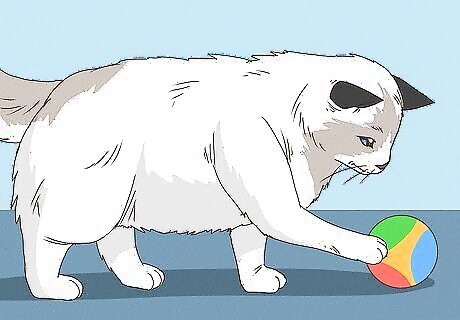
Make sure your ragdoll gets exercise. Strive to play with your ragdoll for 20 minutes a day. Ragdolls enjoy balls especially, and may play fetch if you toss a ball for them. Stop by your local pet store or drug store and stock up on some cat toys for your pet.
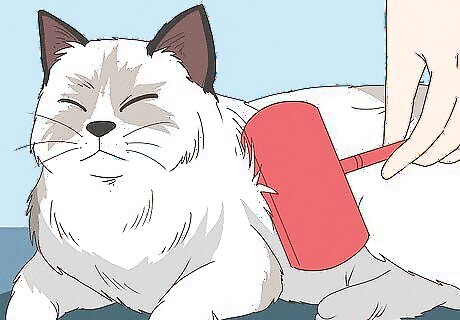
Groom your ragdoll regularly. Due to their long coat, ragdolls should be groomed regularly. Use a slicker brush, brushing the full length of the fur. If brushed regularly, a ragdoll's coat should brush out smoothly without a lot of mats or tangles. When your ragdoll is a kitten, brush it each day to get it used to the practice. As ragdolls are friendly and do not mind handling, it should be fairly easy to get your ragdoll to hold still during grooming. If your ragdoll appears nervous, talk to it and coax it to help it stay calm. Use treats or talk to it in a soft voice. Once a ragdoll is used to being brushed, brush their coat once or twice a week.
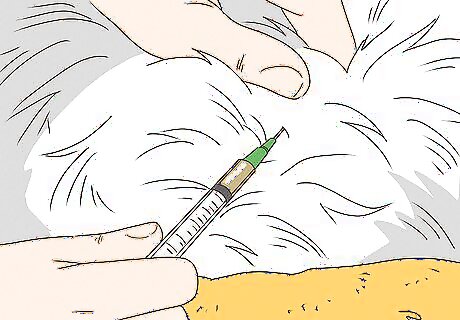
Get your ragdoll vaccinated. If you got a ragdoll from a breeder or shelter, obtain a copy of its vaccination records to make sure you stay up-to-date with vaccines. Your vet will help you determine which vaccines your cat will need and the schedule for giving them, which depends on the cat's environment and exposure to other cats. Vaccinations for rabies are required by law.
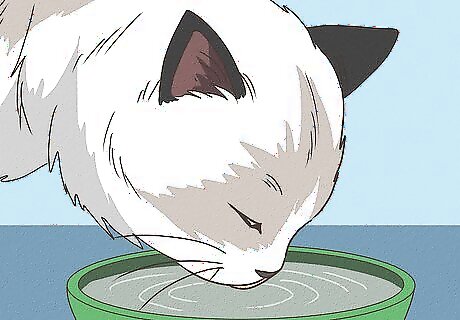
Provide clean water. Ragdolls need clean water to be out at all times. Keep a bowl of water where your ragdoll can reach it. Replace the water and clean the bowl at least once a day and replenish as necessary.

Invest in scratching posts. Most cats have a natural inclination to scratch. Get your ragdoll scratching posts and leave them around the house. This will deter your cat from scratching furniture.
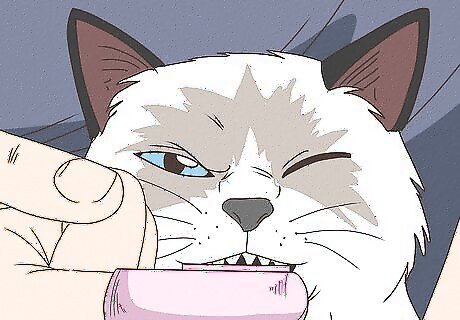
Clean your cat's teeth regularly. Dental care is important for any cat. Talk to your vet about how often you should brush your cat's teeth. Then, invest in cat toothpaste and a toothbrush. Most ragdolls are easy to handle, but spend a few days using your finger or a piece of gauze to gently massage their mouth and gums. Once they're comfortable with having their mouths touched, you can use a toothbrush to brush a small amount of cat toothpaste on your ragdoll's teeth. If you notice anything unusual when brushing your cat's teeth, like discolored teeth or bleeding gums, see a veterinarian.
Avoiding Breed Specific Safety Concerns

Get your cat from a reputable breeder. The best way to ensure your cat is free of breed specific defects is to get your cat from a quality breeder who has had their cats certified as free from these issues.
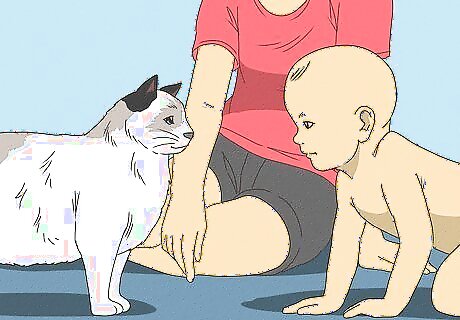
Monitor young children's interaction with a ragdoll. Ragdolls are very friendly cats that enjoy being handled. This makes them safe to have around young children. However, due to their docile nature, ragdolls may not protest when handled roughly. Monitor young children closely and make sure they're handling the cat correctly. You do not want a young child to accidentally injure your ragdoll.
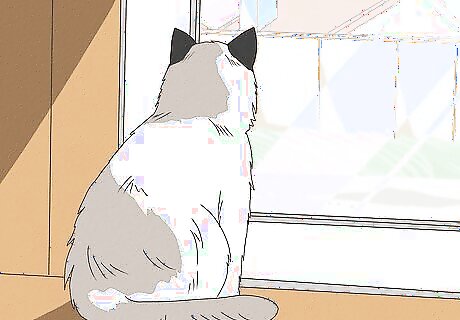
Keep your ragdoll indoors. Ragdolls do not do well as outdoor cats. They do not have a good sense of danger and tend to be trusting in nature, which can easily lead to accidents or injuries outdoors. For your ragdoll's safety, keep it as an indoor cat.
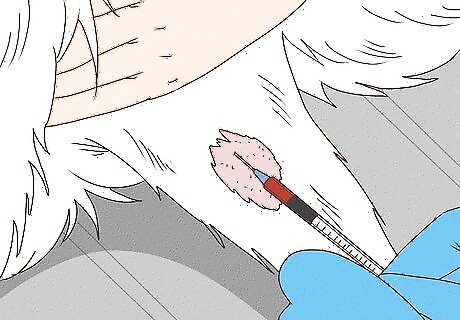
Have blood work done after your cat is a year old. Ragdolls are prone to breed-specific health conditions. Early detection is key to treating these conditions effectively. Once your cat is a year old, have your vet run blood work to rule out breed-specific health issues. Ragdolls are prone to bladder and kidney problems. Your vet can test for these with blood work. If your ragdoll is diagnosed with a breed-specific issue, talk over treatment with your vet.
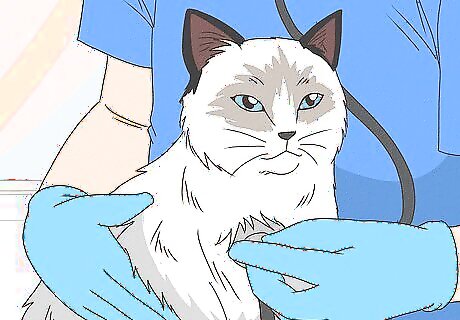
Get your ragdoll screened for heart conditions. Due to their size, ragdolls are more prone to heart conditions than other breeds. Vets can perform tests on your ragdoll as they grow to rule out heart disease. If your vet notices signs of heart disease, they can then talk to you about how to slow the progression of the disease. In ragdolls, heart disease is usually from the thickening of the muscular wall of the heart (usually the left ventricle), known as hypertrophic cardiomyopathy.




















Comments
0 comment